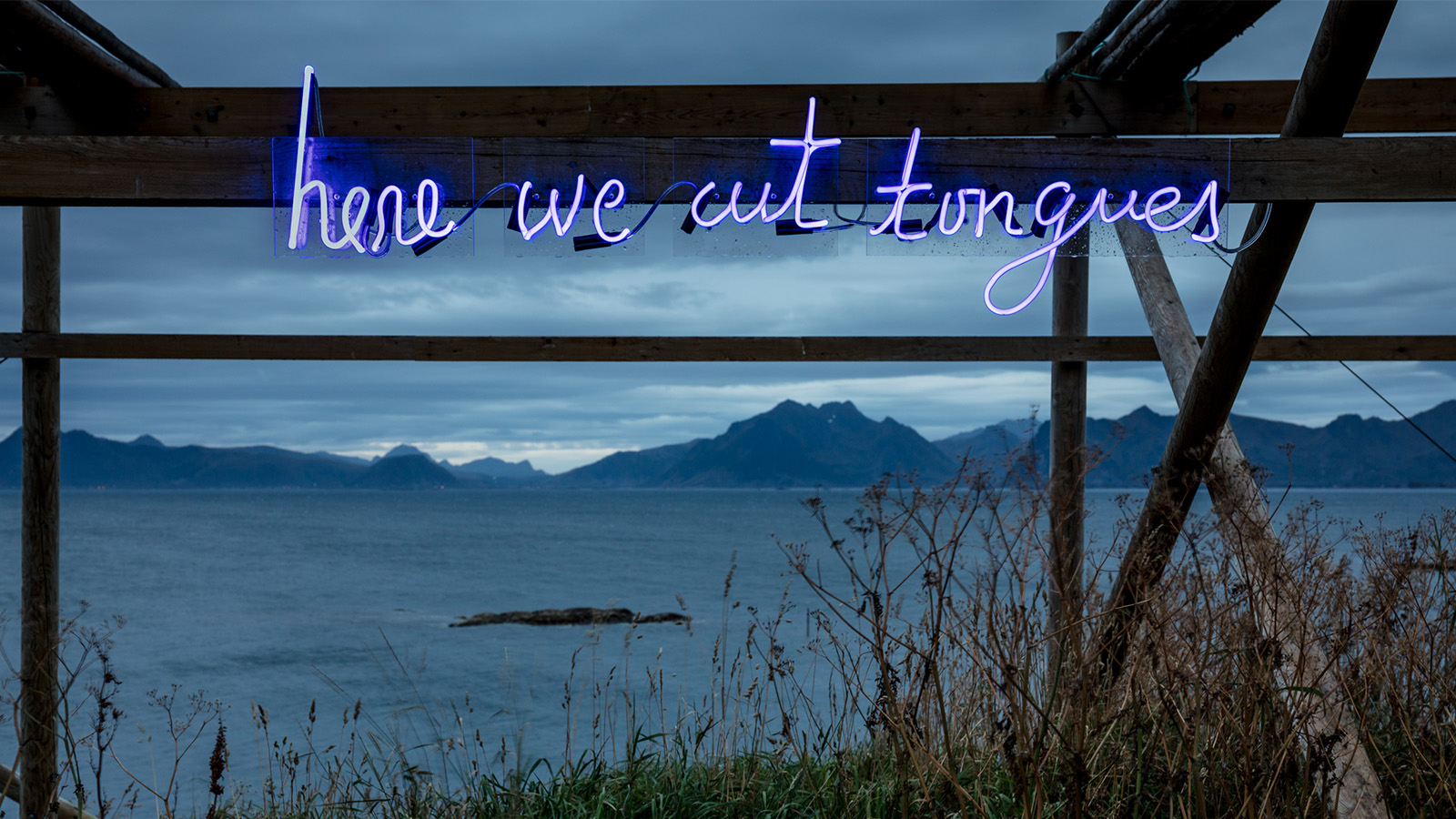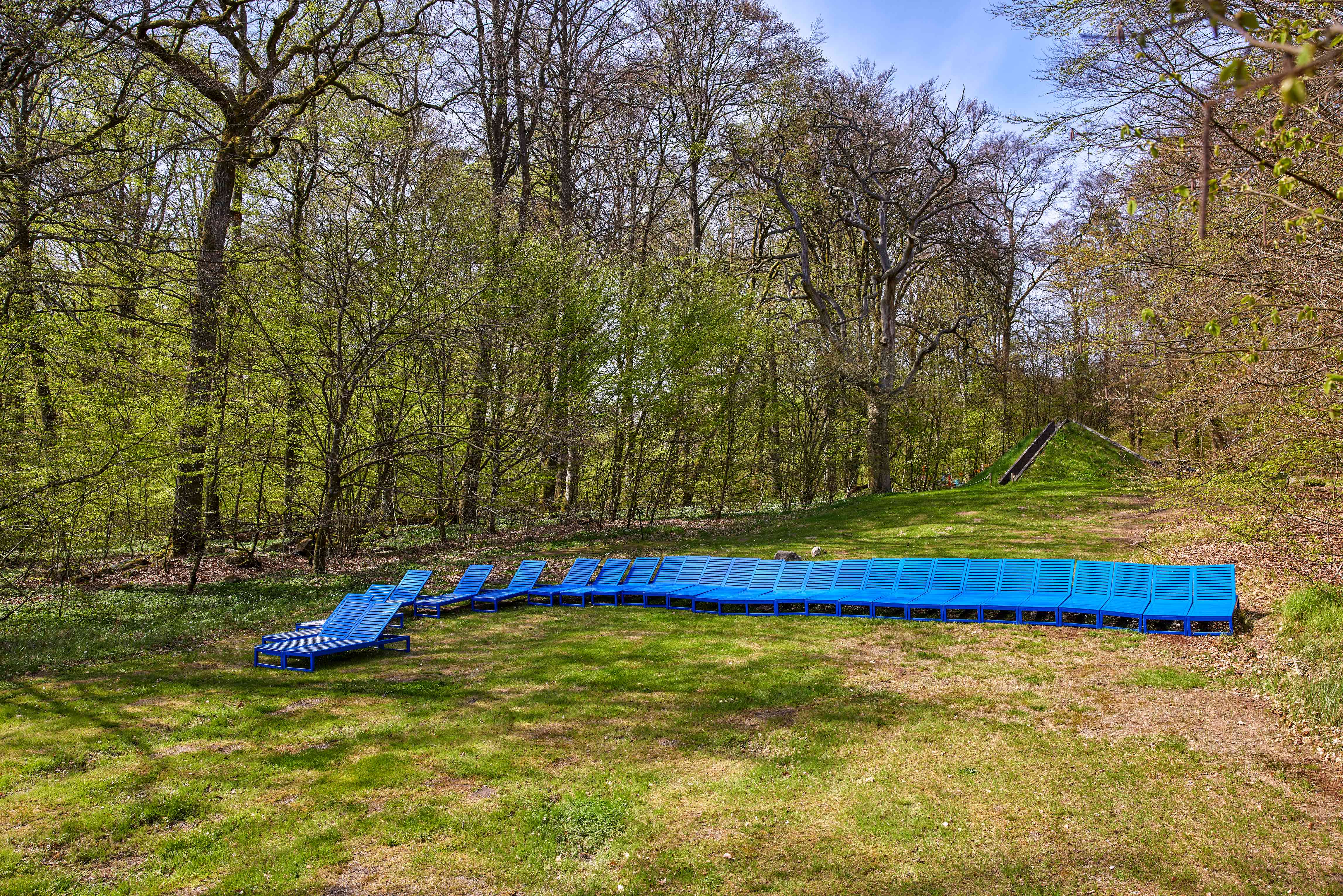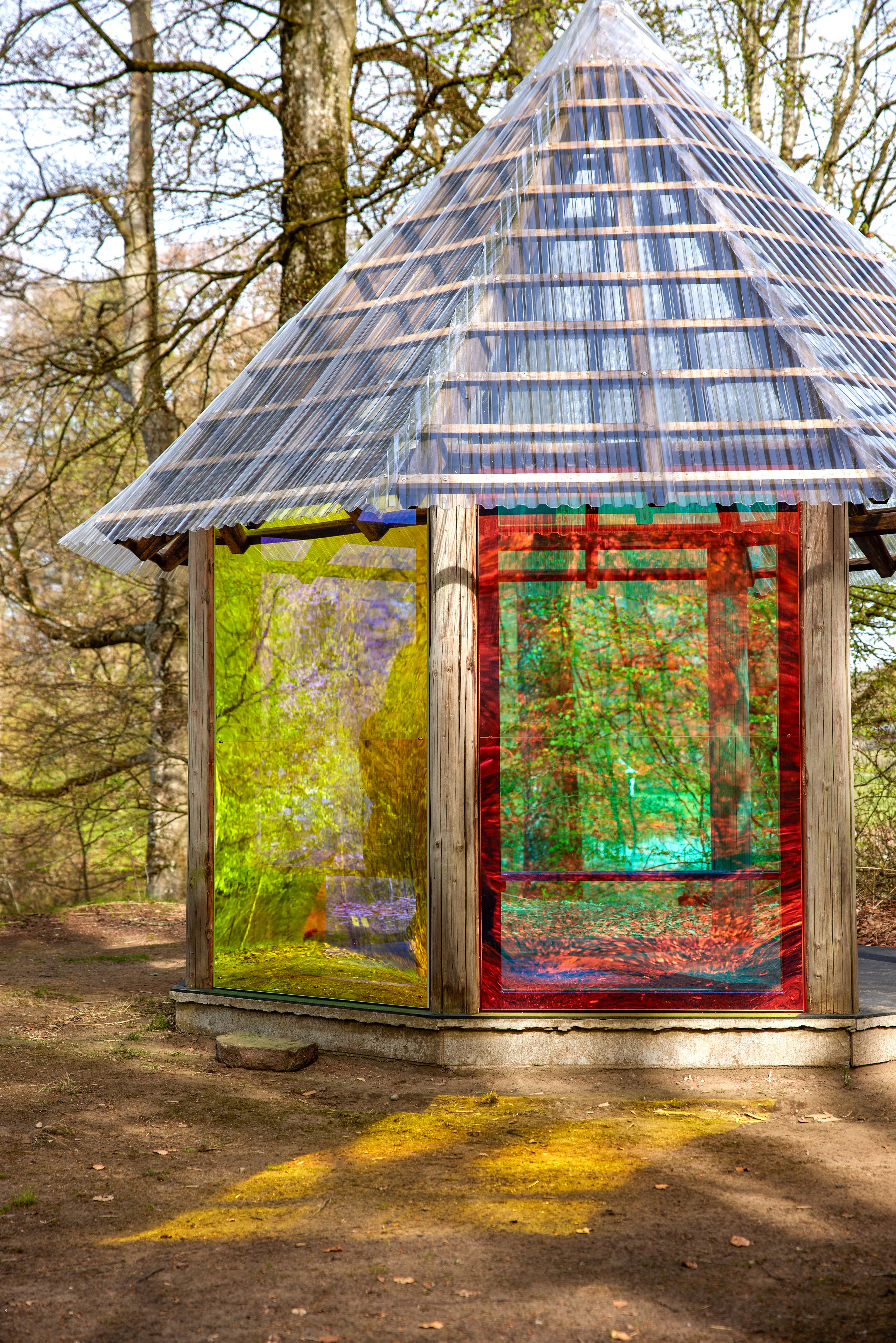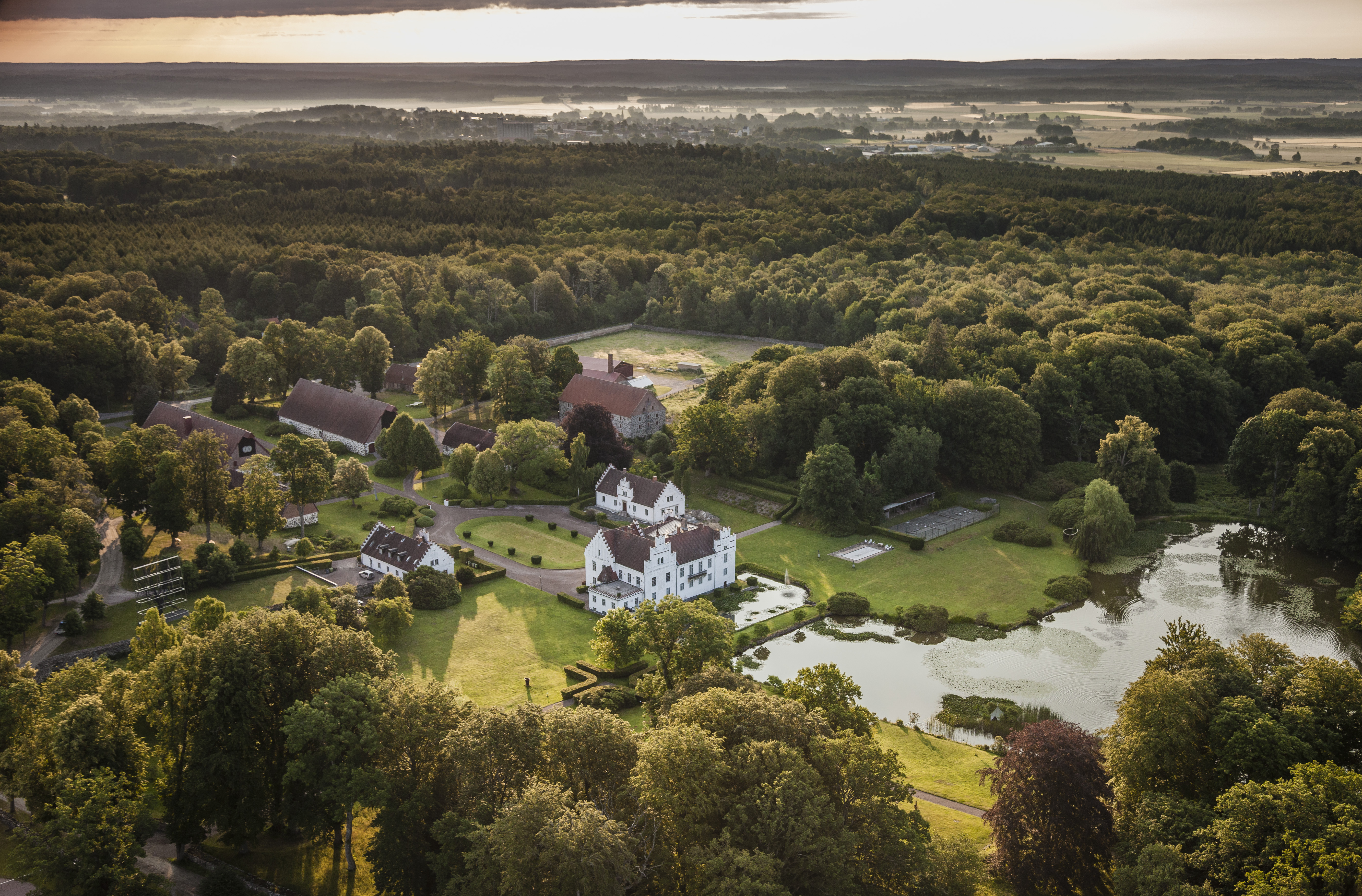
A visit to Wanås Konst, in the forests of Skåne in southern Sweden, is not something you can rush. The sculpture park, nestled beside a medieval castle and lake, rewards time spent amongst its tree-lined pathways, where visitors can commune with nature and art.
Wanås is the home of the Wachtmeister family, who began to invite artists to create works for the estate in 1987. Over the years, Marika and Charles Wachtmeister enticed an astonishing array of artists to rural Sweden, from Yoko Ono and Jenny Holzer to William Forsythe and Ann Hamilton. Today, there are some 70 site-specific artworks embedded in the landscape.
‘The Ocean in the Forest’ at Wanås Konst

The Wanås Foundation was established in 2011 and led by directors Elisabeth Millqvist and Matthias Givell, before American-Danish curator Milena Høgsberg took over in 2022. Høgsberg lives and breathes the energy of Wanås, where artists are encouraged to stay and get to know the place, even living with the curator if the gorgeous hotel on site is fully booked. It’s this slightly unconventional, open-door attitude that defines Wanås.
Høgsberg’s programme takes its lead from the ethos of Wanås and its natural surroundings. As she explains over coffee, ‘a forest is not a set shape. It’s a living organism that was here before we arrived and will be here after we leave’. Høgsberg notes that ‘we have very little contact with ourselves and our bodies, and our connection to nature. I want to offer a more intuitive approach.’

The theme of this year’s two-part exhibition, ‘The Ocean in the Forest’, stems from a dream. It alludes to the apocalyptic flood, which we know took place by the residue of petrified forests and the fossilised sap of extinct trees. ‘We were born from the water and emerged from this primordial soup – we were a drop in the ocean in a sense,’ Høgsberg says. ‘The Ocean in the Forest’ is also a fantastical image, filled with possibility for magical thinking.
Argentine artist Eduardo Navarro had his own dream of swimming so deep into the ocean that he came to the forest before arriving at the ocean again, in a loop that reflects the two habitats’ innate connection. At Wanås, Navarro has enveloped an oak tree with a jellyfish sculpture (I Found a Forest at The Bottom of the Ocean, 2024), adorned with chimes that can be played by visitors or the wind. For Navarro, the jellyfish is an ancient creature with its own language.

Sound also plays a prominent role in Lebanese artist Youmna Chlala’s installation This Feeling, Oceanic (2024). Memories of the Mediterranean Sea and reflections on the power of water are spoken by Chlala, rooted in her experience of life as an immigrant in the United States. The personal, universal and poetic flow into one another as Chlala invites visitors to take a seat on a blue deckchair and listen, staring out to the horizon between treetops and sky.
Elsewhere, Nigerian artist Evan Ifekoya has reimagined a pavilion where the Wachtmeister family once took tea (Apo Ifa for the High Heart and Warrior Spirit, 2024). Ifekoya brings new intention to the space for physical and spiritual transformation, encased by vibrant Plexiglas walls, and whose title refers to the bag of a Yoruba diviner.

Inside one of the barns is the textile The Ark (2019) by Indian artist Lavanya Mani. A cluster of animals complain to a raven about the conduct of man in a playful version of Noah’s Ark and a 17th-century Mughal court painting. The kalamkari technique – which involves soaking cotton in buffalo milk, drying and washing, before applying natural dyes using homemade tools – and the subject of rising seas are drenched in reference to colonialism and the trade of goods across the Indian Ocean.
In contrast to the bustle of modern life, Wanås Konst is something of an antidote. Pilgrims are reminded of their connection to body, ocean and forest. As Høgsberg says, ‘everyone has some sort of relationship with nature’.







